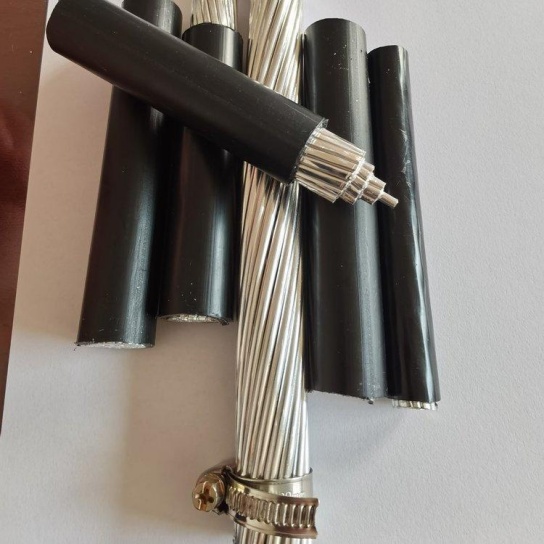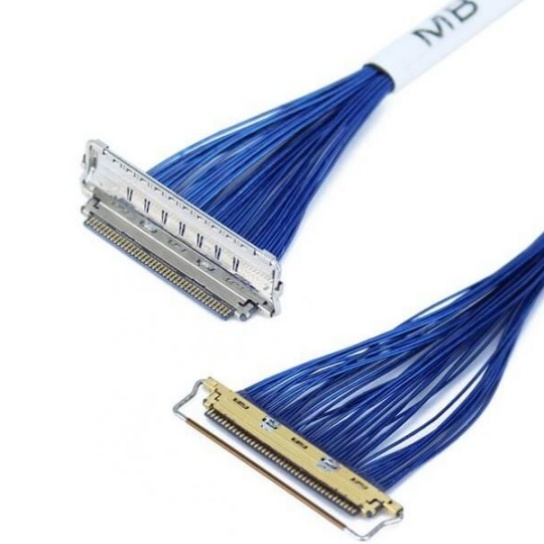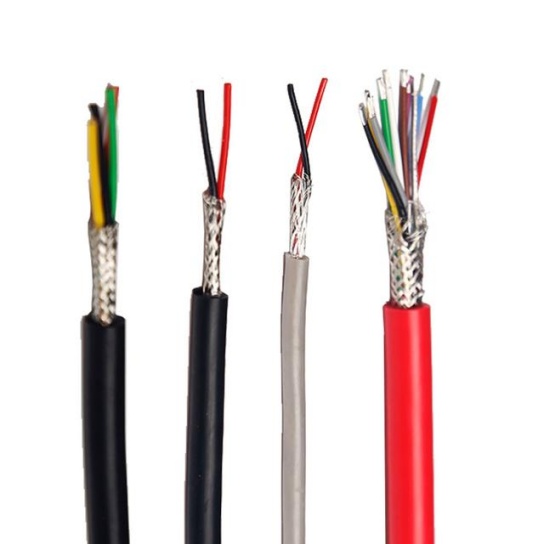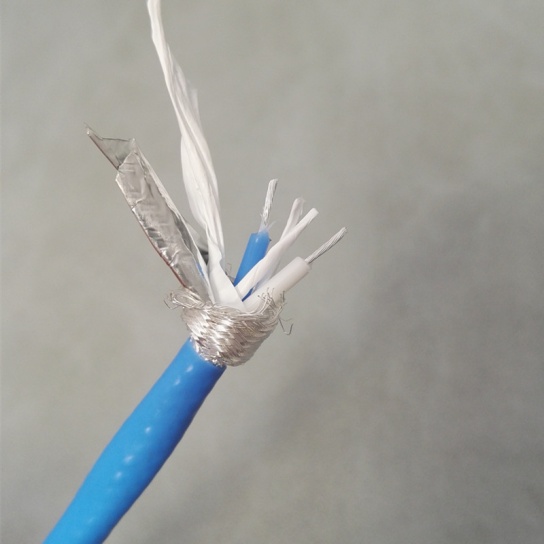How Aircraft Cable Assemblies Improve Landing Gear Performance
Landing gear is the backbone of aircraft ground operations, bearing the full weight of the aircraft during takeoff, landing, and taxiing while ensuring stable maneuvering. Its performance directly links to flight safety, operational efficiency, and maintenance costs. Often overlooked yet critical to this system are aircraft cable assemblies—precision-engineered components that act as the “nerve and muscle” of landing gear, driving tangible improvements in functionality and reliability. Below is a detailed breakdown of how these assemblies elevate landing gear performance:
1. Enhance Control Precision for Seamless Operation
Landing gear requires millisecond-level synchronization during retraction/extension and steering—any lag or misalignment can cause jams or structural stress. Aircraft cable assemblies optimize control precision through two key features:
- Tensile Stability: Constructed with tightly stranded galvanized steel or stainless-steel wires (often 7×19 or 1×19 strand configurations), these assemblies maintain consistent tension under variable loads. For example, commercial airliner main landing gear cables retain ±2% tension accuracy even when bearing 3,000–8,000 lbs, ensuring cockpit control inputs translate directly to mechanical action.
- Low-Friction Design: Advanced coatings (e.g., Teflon or nylon) on cable surfaces reduce pulley/housing friction by up to 40%, eliminating wear-induced slack. This cuts response latency to under 0.3 seconds—critical for emergency landings where rapid gear deployment is non-negotiable. In practice, this precision reduces tire wear by 15–20% during taxiing, as steering cables enable exact wheel alignment.
2. Boost Load-Bearing Capacity and Fatigue Resistance
Takeoffs and landings subject landing gear to repetitive, high-impact loads—cable assemblies enhance durability to withstand these stresses:
- High-Strength Materials: Premium assemblies use aerospace-grade materials like AISI 302 stainless steel or carbon steel with zinc-nickel plating, offering tensile strengths of 2,500–12,000 lbs (matched to aircraft weight class). These materials resist plastic deformation, even after 10,000+ load cycles.
- Stress-Reduction Engineering: Swaged terminations and corrosion-inhibiting cores eliminate stress concentrations at connection points (a top failure site in older systems). Compliance with SAE AS81822 (aircraft control cable standards) ensures assemblies pass dynamic load tests—including simulating hard landings with 1.5× design load—extending landing gear service life by 25–30%.
3. Strengthen Resilience in Extreme Environments
Landing gear operates in harsh conditions: -55°C (high altitude) to 260°C (near engine exhaust), plus saltwater (coastal airports) and dust (remote airfields). Cable assemblies are engineered to thrive here:
- Temperature Adaptability: Low-temperature cables use flexible polymer cores to avoid brittleness in cold, while heat-resistant variants (e.g., Inconel-stranded) withstand engine proximity heat.
- Corrosion Protection: Stainless steel or zinc-nickel coatings resist saltwater and chemical degradation, and sealed housings prevent moisture ingress. Military aircraft deployed at sea report 40% less maintenance downtime with these assemblies, as corrosion-related failures drop sharply.
4. Optimize Maintenance and Lower Lifecycle Costs
Downtime costs airlines \(10,000–\)30,000 per hour—cable assemblies reduce this burden through:
- Modular Design: Standardized connectors and color-coded cables let technicians identify/replace worn parts in 10–15 minutes (vs. 30+ for non-modular systems).
- Predictive Maintenance Features: Some assemblies include color-changing strands or tension sensors that alert teams to wear before failures occur. This cuts maintenance costs by 20–25% and boosts aircraft availability.
Choose FRS for Reliable Aircraft Cable Assemblies
Every aspect of landing gear performance relies on high-quality cable assemblies—and FRS is a trusted partner for aerospace manufacturers and operators worldwide. Our factory adheres to strict standards (SAE AS81822, MIL-DTL-83420) and uses premium materials, from corrosion-resistant stainless steel to low-friction coatings. We offer customized solutions for commercial airliners, military jets, and general aviation aircraft, with rigorous testing (salt spray, dynamic load, temperature cycling) to ensure durability. Whether you need to enhance control precision, extend service life, or reduce maintenance costs, FRS delivers cable assemblies that elevate landing gear performance—every time.






